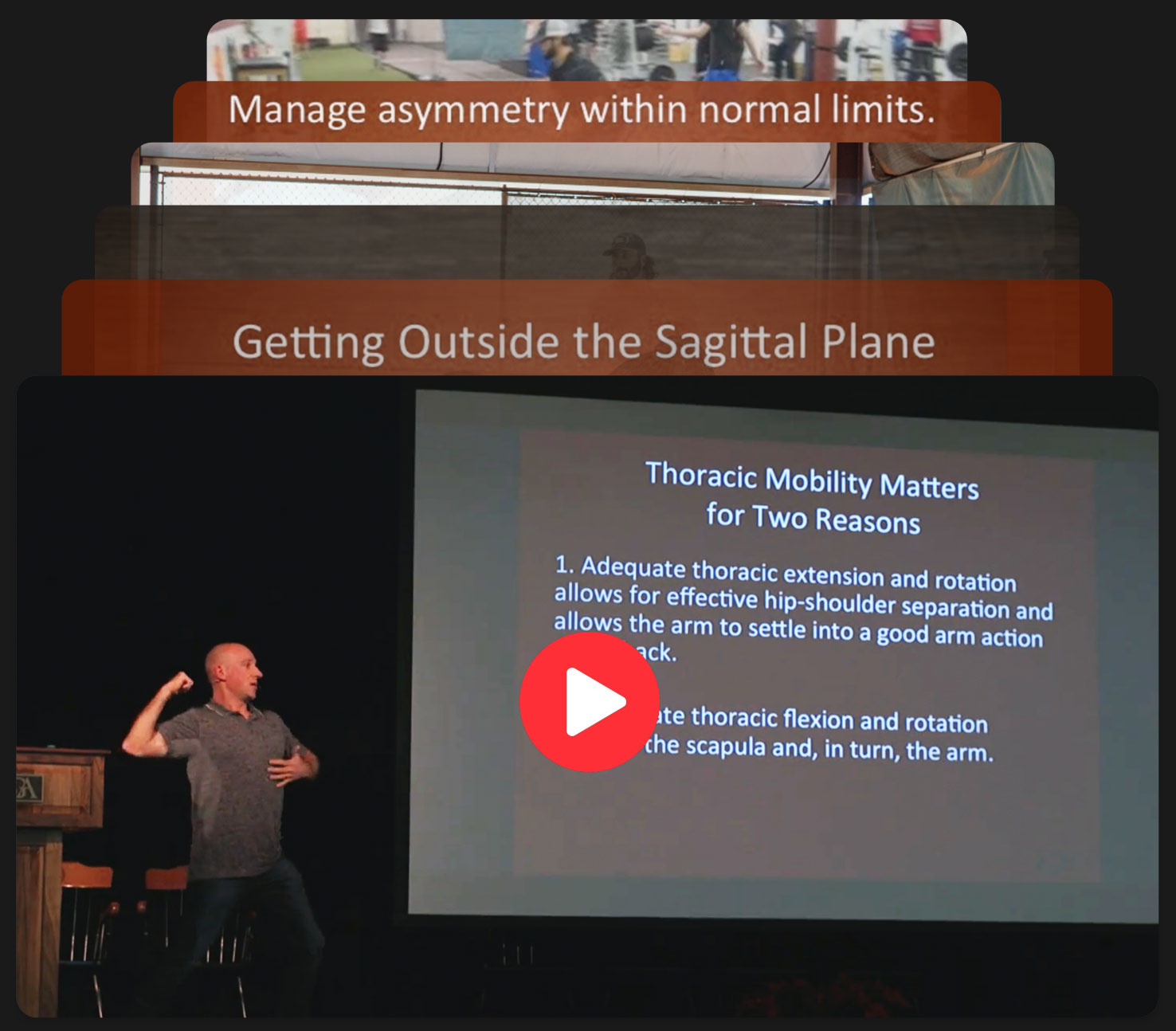Eric Cressey is president and co-founder of Cressey Sports Performance, with facilities located in Hudson, MA and Jupiter, FL. A highly sought-after coach for healthy and injured athletes alike, Eric has helped athletes at all levels – from youth sports to the professional and Olympic ranks – achieve their highest levels of performance in a variety of sports. Behind Eric’s expertise, Cressey Sports Performance has rapidly established itself as a go-to high performance facility among Boston athletes – and those that come from across the country and abroad to experience CSP’s cutting-edge methods. Eric is perhaps best known for his extensive work with baseball players, with more than 100 professional players traveling to train with him each off-season.
More About Eric
Cressey, a Certified Strength and Conditioning Specialist (CSCS) through the National Strength and Conditioning Association, received his Master’s Degree in Kinesiology with a concentration in Exercise Science through the University of Connecticut Department of Kinesiology, the #1 ranked kinesiology graduate program in the nation. At UCONN, Eric was involved in varsity strength and conditioning and research in the human performance laboratory. Previously, Eric graduated from the University of New England with a double major in Exercise Science and Sports and Fitness Management.
An accomplished author, Cressey has authored over 500 published articles in all. Eric has published five books and co-created four DVD sets that have been sold in over 60 countries around the world. Eric has been an invited guest speaker in six countries and over 20 U.S. states. His Master’s thesis, “The effects of 10 weeks of lower-body unstable surface training on markers of athletic performance,” was published in the Journal of Strength and Conditioning Research, and Cressey was a co-author for the International Youth Conditioning Association (IYCA) High School Strength and Conditioning Certification. He serves on the advisory boards for both the IYCA and Precision Nutrition, and is a baseball consultant to New Balance. He also served as the strength and conditioning coach to the USA Baseball Under-18 National Team that won the gold medal at the 2015 World Cup in Osaka, Japan.
As a competitive powerlifter, Eric holds several state, national, and world records. A mainstay in the Powerlifting USA Top 100 lifts in his weight class, Cressey has competition bests of 540 squat, 402 bench, 650 deadlift, and 1532 total in the 165-pound weight class. He is recognized as a coach who can jump, sprint, and lift alongside his best athletes to push them to higher levels – and keep them healthy in the process.
Eric’s writing and his work with athletes have been featured in such local and national publications as Men’s Health, Men’s Fitness, ESPN, T-Muscle, Yahoo Sports, The Boston Globe, The Boston Herald, Baseball America, The Worcester Telegram, Perform Better, Oxygen, Experience Life, Triathlete Magazine, Collegiate Baseball, Active.com, The Metrowest Daily News, Parents and Kids, and EliteFTS. In the business world, Eric has worked with several start-up companies as both an angel investor and advisor.
Although prepared in a variety of bodies of knowledge, Cressey specializes in applied kinesiology and biomechanics as they relate to program design and corrective exercise; maximal relative strength development; and athletic performance enhancement.
Free Access to Eric’s 47-Minute UNE Lecture
Hip-Shoulder Separation in Rotational Athletes: Making Sense of the Thoracic Spine.
Welcome to Cressey Sports Performance
Over the years, Eric Cressey’s given this lecture to more than 10,000 coaches, players, sports medicine professionals and enthusiasts and it’s been a huge hit. In the video, you will observe a lot of our CSP athletes training and learn:




